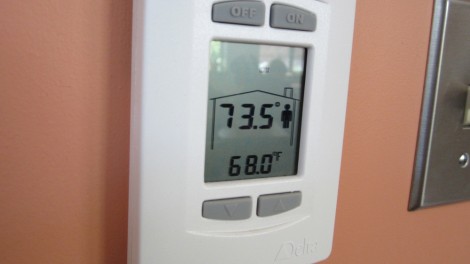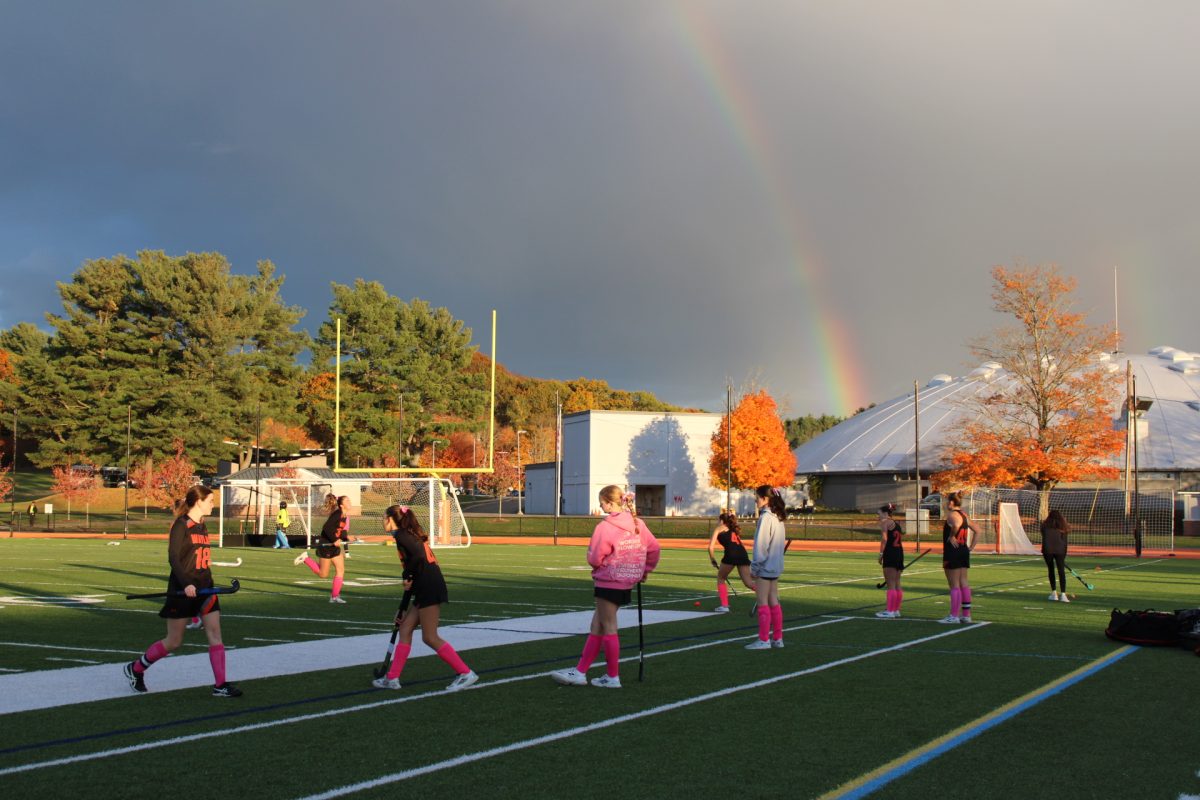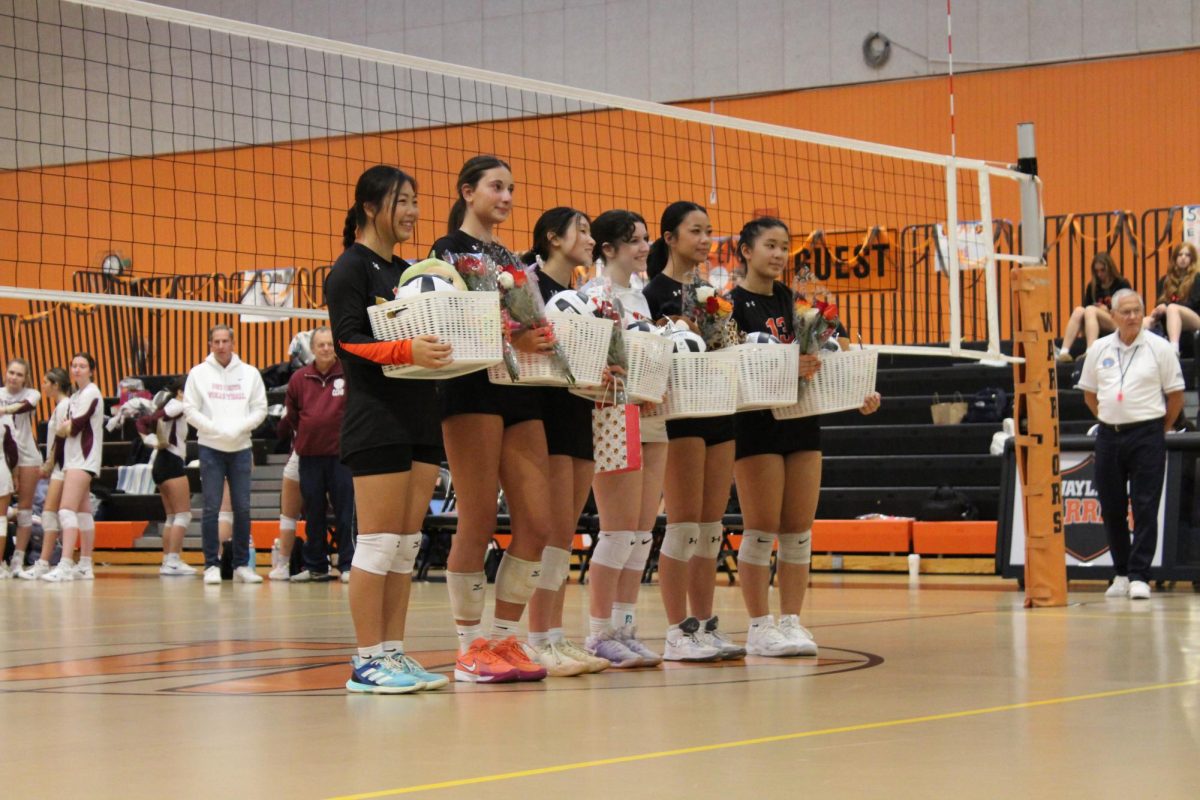
While you were sitting in class last week, you may have noticed students around you sweating, fanning themselves with notes or otherwise showing signs that they were uncomfortably hot. In some rooms, if you were to take a quick look at the thermostat, it would read 80 degrees or higher.
While many students spent this past week wondering why the air conditioning had stopped working, the surprising truth is that with the exception of the office and some of the labs, the school does not have an air conditioning system at all.
Instead, the school uses a different type of system, which takes the humidity out of the air. Air from outside is put into the system, which is then chilled to approximately 78 degrees before it flows into the school through vents that are located on the classroom walls.
When the plans for the school were being made, the building committee decided on this approach for cooling the classrooms because it was cost efficient. The cost of air conditioning was estimated to be four times the cost of the system the school uses now. The committee also saw air conditioning as impractical because it’s not suited to typical New England weather.
“We’re not going to air condition a school this big because for the three hottest months of the year we’re not even in school,” Dean of Students Scott Parseghian said. “Except for maybe 10 days in the fall and 20 or so days in the spring, air conditioning isn’t worth the money.”
For the system to work, a classroom should be completely closed off, meaning the rooms and windows should both be shut. While this method may seem counter-intuitive because it is essentially trapping the air in the room, it allows hot air to circulate out of the room.
“We want the humid air to circulate through the vents because then it goes up to the ceiling and gets sucked up,” Parseghian said. “When you open the door, you’re letting other hot air come into the room since there is no temperature engaged in the hallway.”
The main goal of this system is to take the humidity out of the air, which in turn should make a room feel cooler than the temperature would suggest. However, Parseghian admits that last week’s hot and humid conditions were too much for the system to function effectively.
“When we were dealing with 97 degree heat and near 100 percent humidity, the system can’t handle that and it’s not going to work,” Parseghian said. “It’s going to have a hard time chilling that air to 78 degrees.”
Right now, Parseghian and the facilities manager of the school are looking at ways to improve the system on particularly hot days. One idea they’ve come up with is to maintain and change the filters in the system more frequently.
“We have so many new systems in the building that we’re going to be changing the filters every three months. That way there won’t be anything clogging them, like pollen, and there will be more air flowing, which will hopefully help out the rooms,” Parseghian said.






























